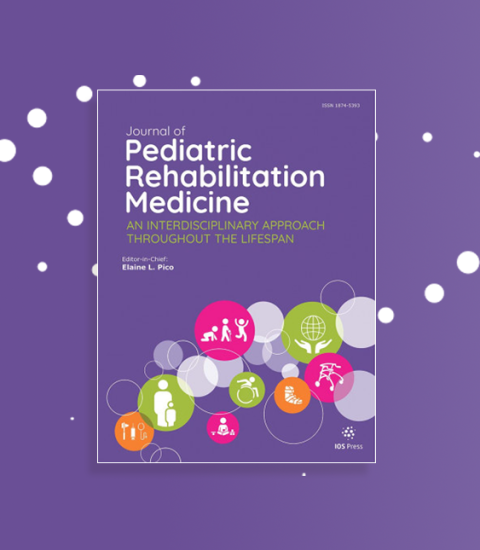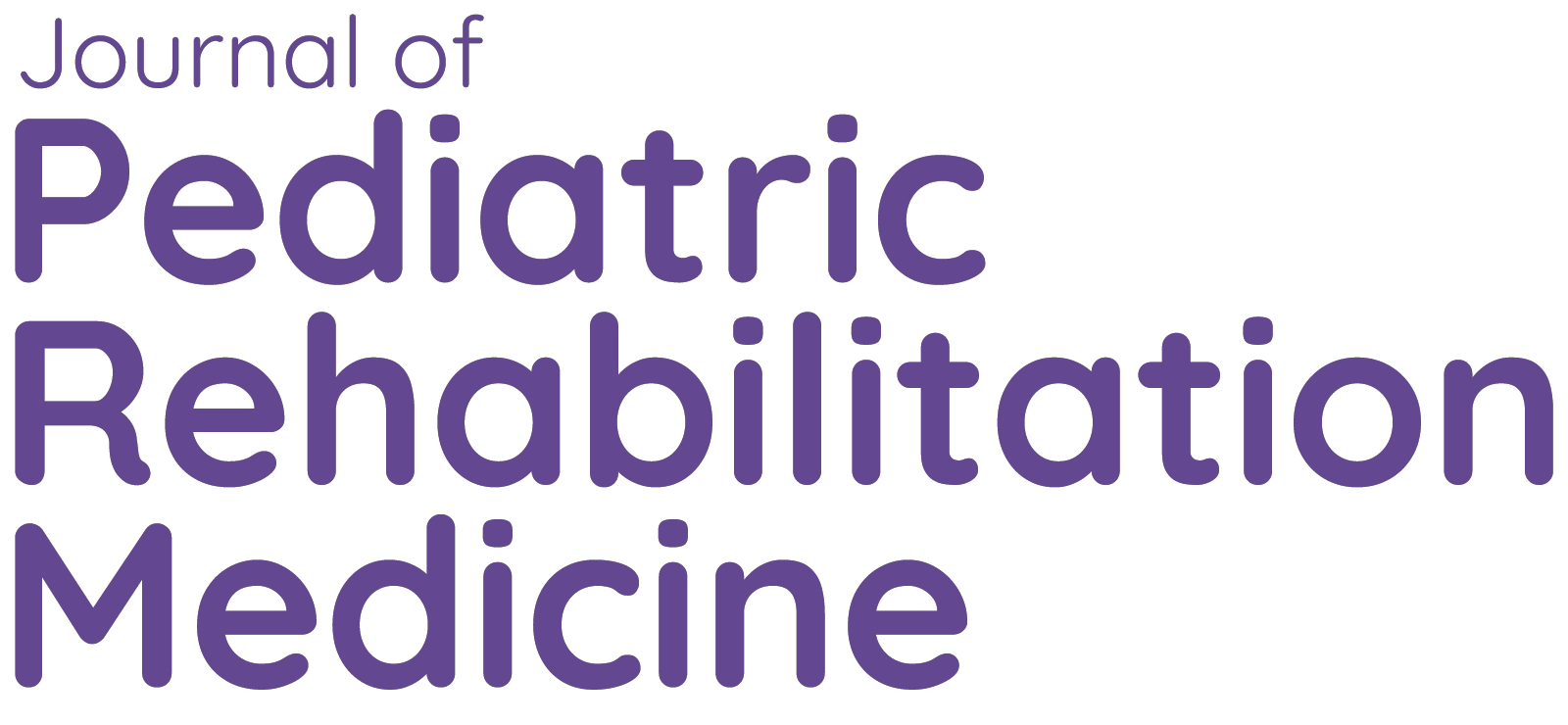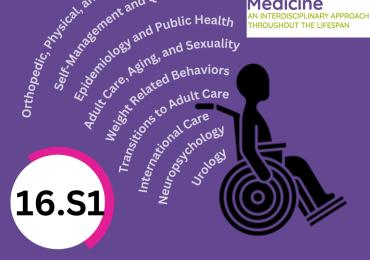
Amsterdam, the Netherlands – The goal of a Guidance article in the Journal of Pediatric Rehabilitation Medicine is to improve how systematic reviews impacting medical practice are conducted, reported, and evaluated. Systematic review authors, and editors who publish these reviews, are encouraged to follow established guidelines and safeguards to ensure the trustworthiness of medical evidence syntheses.
Ideally, a systematic review should review and summarize empirical data from research about different clinical treatment options and possible side effects. They form the basis for clinical practice guidelines that drive specific recommendations for patient care, however, data continue to accumulate indicating that many systematic reviews are methodologically flawed, biased, redundant, or uninformative.
Anyone can publish a systematic review on any topic, whether qualified to do so or not. In addition, journals do not follow uniform standards for publication of systematic reviews. Also, funding bodies might seek or commission a systematic review but not have the purest of intentions. They may exert influence on systematic review authors, and as a result, data the authors of the review select to summarize may support those desired results with little regard for how it could impact patient care.
Kat Kolaski, MD, Wake Forest University School of Medicine, Lynne Romeiser Logan, PT, PhD, SUNY Upstate Medical University, and world-renowned scientist John Ioannidis MD, PhD, Stanford University School of Medicine, share a concern about the high numbers of untrustworthy systematic reviews published in the medical literature and decided to do something about it.
"As editors and peer reviewers for various journals, we find the ongoing poor compliance of authors and journal editors with review expectations discouraging. We sought to identify practical solutions but discovered that, while guidelines for sound conduct and reporting of systematic reviews are available from many sources, they do not appear to be routinely and/or widely applied. The more we searched for comprehensive guidance in a single place, the more we realized we might have to create it," the authors explained.
The authors describe reliable methods and research practices complemented by novel pragmatic strategies to improve evidence syntheses. In addition, they organize best practice resources into a concise guide so that they can be widely adopted and adapted for routine implementation by authors and journals.
“We look forward to others’ ideas and proposals for the advancement of methods for evidence syntheses. For now, we encourage dissemination and uptake of the currently accepted best tools and practices for their development and evaluation; at the same time, we stress that uptake of appraisal tools, checklists, and software programs cannot substitute for proper education in the methodology of evidence syntheses and meta-analyses,”
The guidance paper by Kolaski, Logan and Ioannidis was published simultaneously in seven prominent medical journals worldwide in a unique effort to impact a wide audience.
"We at JPRM are honored to participate as one of seven prominent medical journals copublishing these critically important systematic review guidelines. These will surely have a profound impact on the reliability of published medical literature worldwide,” commented Editor-in-Chief Elaine Pico, MD, UCSF Benioff Children’s Hospital Oakland.
# # #
NOTES FOR EDITORS
“Guidance to best tools and practices for systematic reviews,” by Kat Kolaski, Lynne Romeiser Logan, and John P.A. Ioannidis (https://doi.org/10.3233/PRM-230019), is published in the Journal of Pediatric Rehabilitation Medicine, Volume 16, Issue 2, published by IOS Press.
The article is published open access at https://content.iospress.com/articles/journal-of-pediatric-rehabilitati….
This article was co-published simultaneously in the Journal of Pediatric Rehabilitation Medicine, Acta Anaesthesiologica Scandinavica, BMC Infectious Diseases, BMC Systematic Reviews, British Journal of Pharmacology, JBI Evidence Synthesis, and the Journal of Bone and Joint Surgery Reviews.
For further information contact Diana Murray, IOS Press, +1 718-640-5678 or d.murray@iospress.com. Journalists who wish to interview the authors should contact Kat Kolaski, MD, at kkolaski@wakehealth.edu.
ABOUT THE JOURNAL OF PEDIATRIC REHABILITATION MEDICINE
Editor-in-Chief: Elaine L. Pico, MD, FAAP, FAAPM&R, UCSF Benioff Children’s Hospital Oakland
The Journal of Pediatric Rehabilitation Medicine (JPRM): An Interdisciplinary Approach Throughout the Lifespan is designed to parallel the multidisciplinary teams caring for children, adolescents, and adults with childhood-onset physical disabilities and complex care needs worldwide. Published quarterly, topics include, and are not limited to, cerebral palsy, traumatic brain injury, spinal cord injury, spina bifida, limb deficiency, muscular dystrophy, stroke, cancer, developmental delays, and rare disorders. Furthermore, the journal welcomes papers dedicated to pediatric rehabilitation from a global health perspective. https://jpedrehabmed.com
ABOUT IOS PRESS
IOS Press is an independent international scientific, technical, medical (STM) publishing house established in 1987 in Amsterdam. We produce around 90 journals and 70 books annually in a broad range of subject categories, primarily specializing in health and life sciences (including neurosciences, medical informatics, cancer research, and rehabilitation) and computer sciences (including artificial intelligence, data science, and semantic web). In addition, we offer specialized services that support scientific advancement. www.iospress.com



